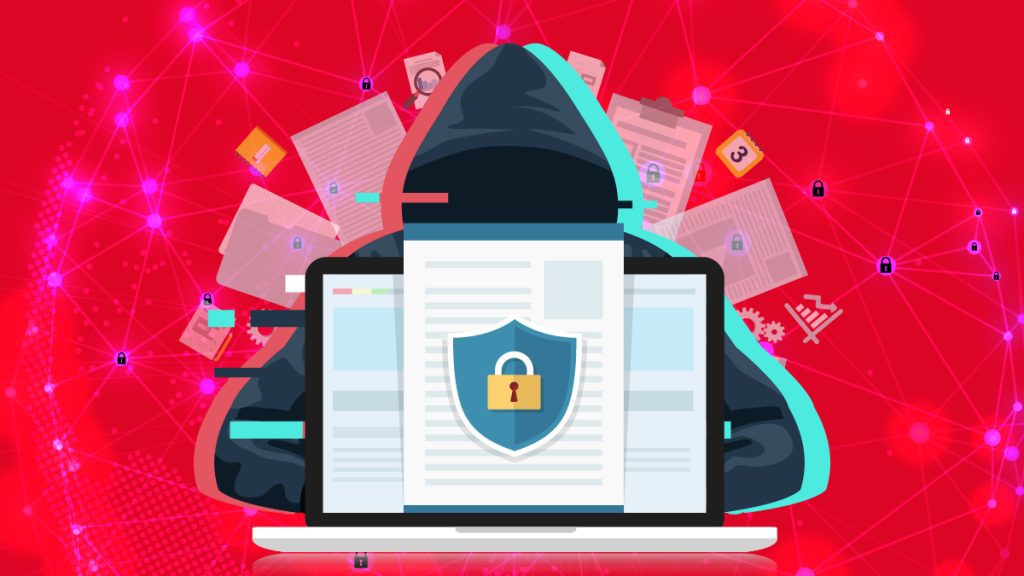
The prevalence of website hacks has reached an alarming level, which makes us question the fate of our own data. Understanding the repercussions of a website breach is crucial to safeguarding our personal information and upholding our online security.
The Consequences of a Website Breach:
When a website falls victim to hackers, they gain unauthorized access to its systems, jeopardizing user data. The compromised information’s severity and scope depend on the website’s nature and the attackers’ intentions. Generally, hackers seek sensitive data, including usernames, passwords, email addresses, and financial details.
Exploitation of Stolen Data:
Once hackers acquire this data, they can employ it for various malicious purposes. Identity theft is a common objective, wherein personal information is used to impersonate individuals, commit fraud, or gain unauthorized access to other accounts. Stolen email addresses can be exploited in phishing attacks, spam dissemination, or targeting individuals with malicious content.
Risks Associated with Login Credentials:
One significant concern is the potential exposure of login credentials after hacks. If you use the same password across multiple websites, hackers can attempt to access your other accounts using compromised credentials. This underscores the importance of employing unique and robust passwords for each online platform, minimizing the risk of a chain reaction.
The Dark Web and Illicit Activities:
In some cases, hackers sell stolen data on the dark web or to other cybercriminals. This underground market thrives on personal information, enabling criminals to engage in further illicit activities. Your data could end up in the hands of individuals specializing in identity theft, credit card fraud, or even blackmail.
Implications for Companies:
The consequences of website hacks extend beyond individuals. Companies can suffer severe reputational damage, loss of customer trust, and potential legal ramifications. It is imperative for organizations to promptly address breaches, inform affected users, and take necessary steps to enhance security measures, preventing future incidents.
Protective Measures:
Several proactive measures can be taken to mitigate the risks in the event of a website breach. Regularly monitoring financial accounts and credit reports for suspicious activity is crucial. Changing passwords immediately for the affected website and other platforms where the same credentials are used is essential.
The Power of Two-Factor Authentication:
Enabling two-factor authentication whenever possible adds an extra layer of security. This additional verification step, such as a unique code sent to your phone, significantly reduces the chances of unauthorized access, even if your password is compromised.
Conclusion
Although website hacks can be unsettling, being proactive and well-informed empowers individuals to mitigate the risks. By adopting strong security practices and remaining vigilant, you can protect your data and reduce the impact of potential breaches. Remember, online safety is a shared responsibility between users and the websites they engage with. Together, we can create a more secure digital landscape.